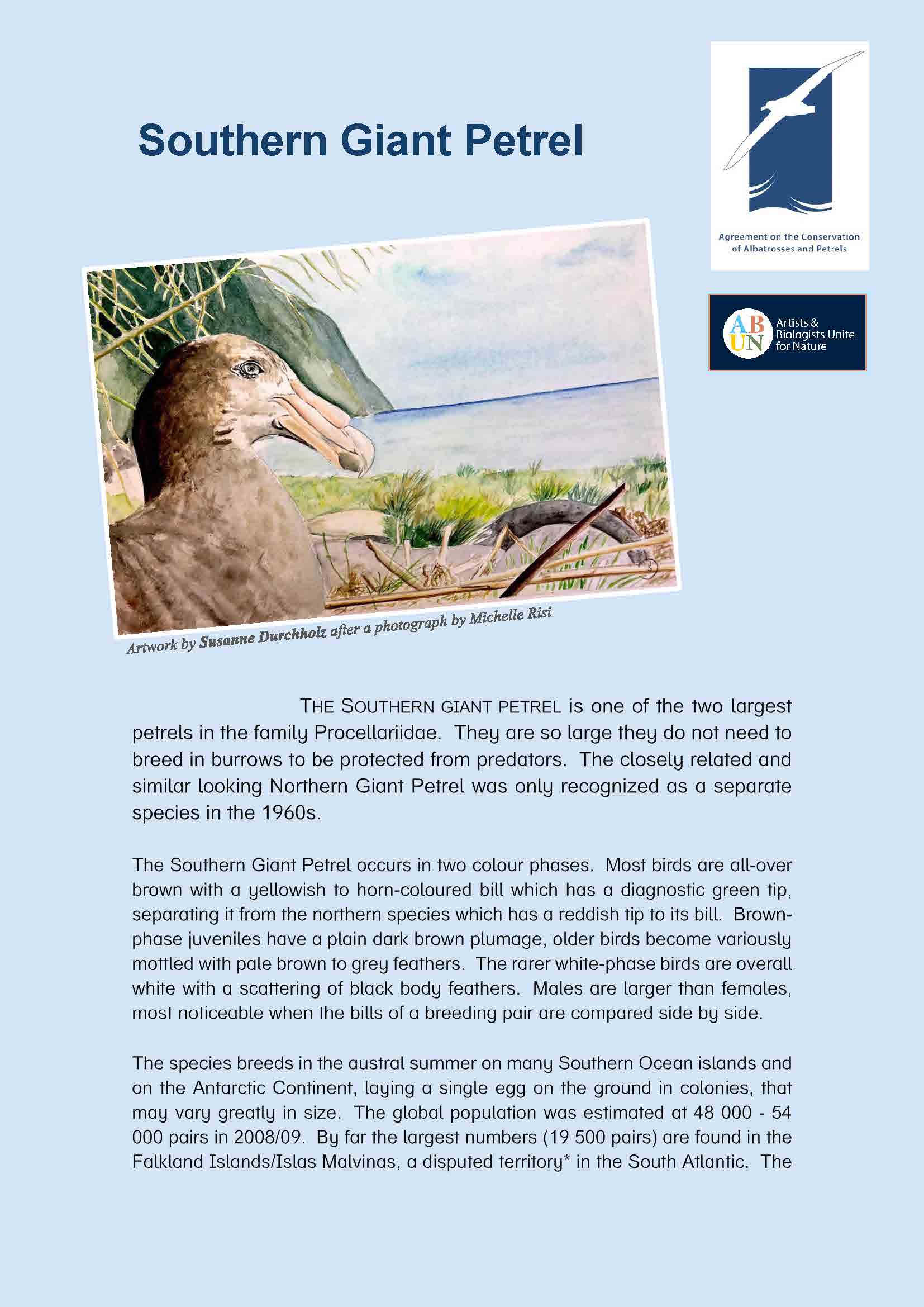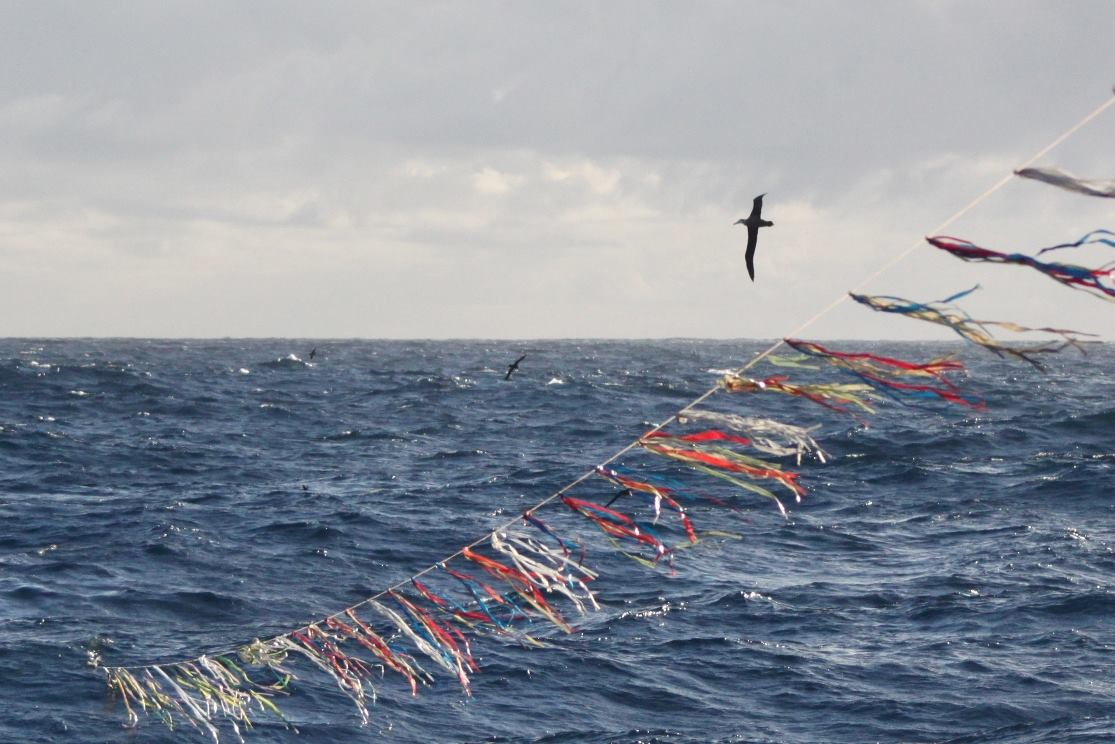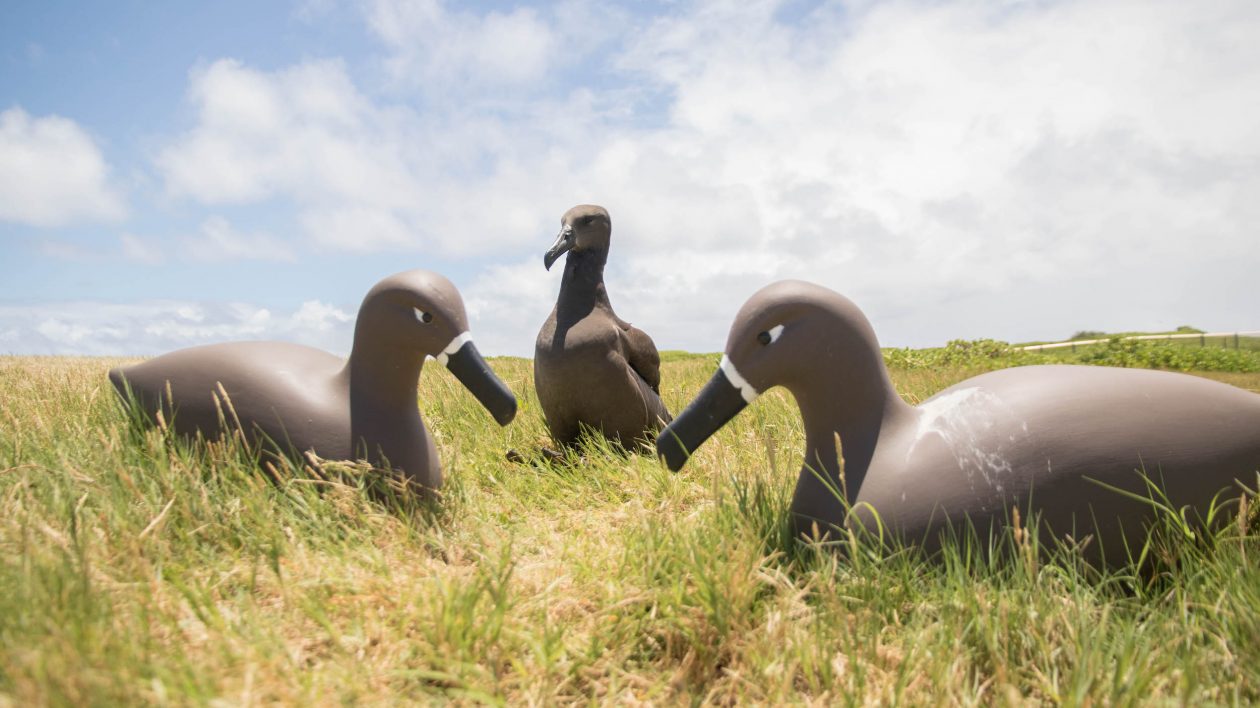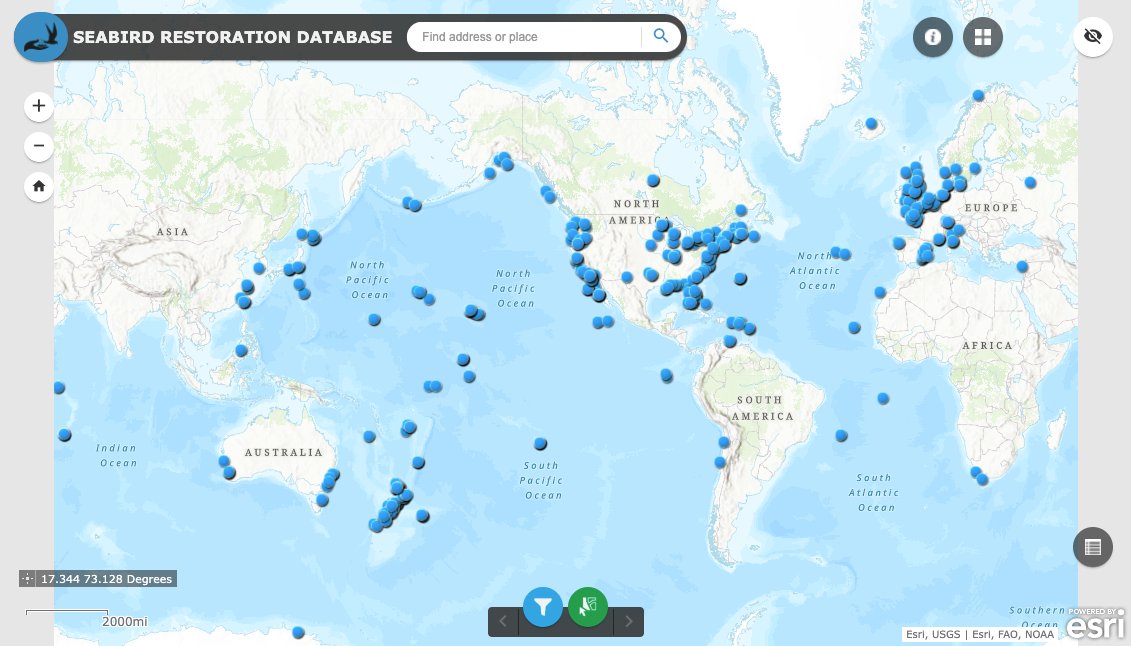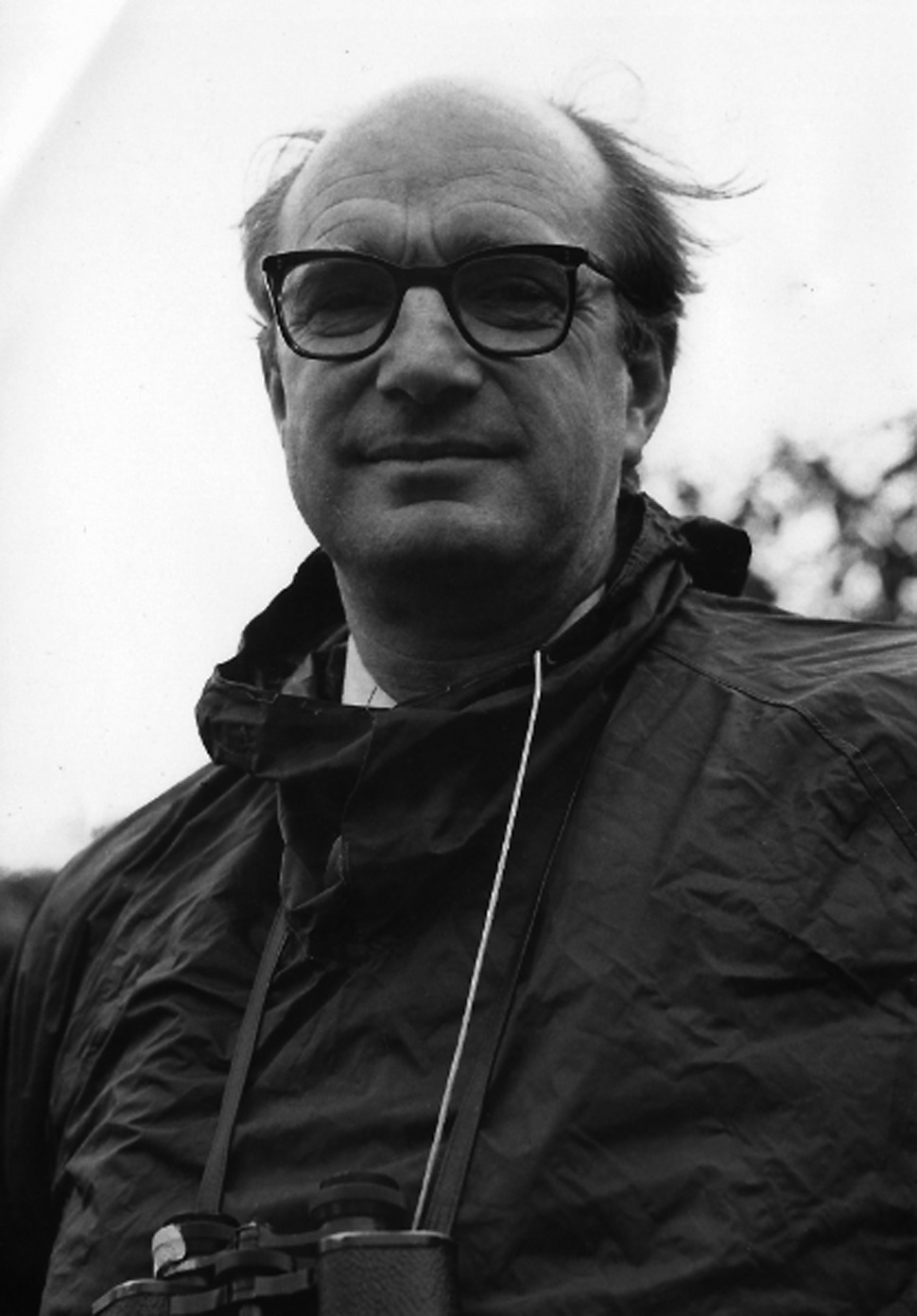
Bill Bourne, from the Ibis obituary by Euan Dunn; photograph by Mike Harris
William ‘Bill’ Richmond Postle Bourne, MA, MB, B CH died on 31 May 2021, nearly a year ago, at the good age of 91. English born, where he trained as a medical doctor, he lived most of his long life in Scotland, working mostly as a marine ornithologist concentrating on procellariiform seabirds (mainly petrels, but also albatrosses) as well as co-authoring results of the first survey of the United Kingdom’s breeding seabirds. During his career he gained a reputation of irascibility, interspersed with moments of genuine compassion and thoughtful caring for others.
I first met Bill Bourne at an international conference for marine birds that I organized in 1979 at South Africa’s University of Cape Town -where I was then a junior researcher in the FitzPatrick Institute of African Ornithology. I had invited Bill, who I had known by reputation and correspondence in my role as Editor of Cormorant (now Marine Ornithology), a journal I started three years earlier, to give an address, which resulted in his paper “Some factors underlying the distribution of seabirds” in the conference proceedings, which I edited. He knew that I had started my own career as a marine ornithologist studying African Penguins Spheniscus demersus and Bank Cormorants Phalacrocorax neglectus on Dassen Island, off South Africa’s west coast during 1971 and 1972. He had the foresight to bring with him a second-hand copy of Cherry Kearton’s classic 1930 book ‘The Island of Penguins’, which without ever naming the island, was all about Dassen and its penguins. The book contained photographs of massed penguins on the shore and in the breeding flats which still astound anyone who knows the island nowadays and how relatively few of this Endangered species sadly remain.
During the conference he surreptitiously passed Kearton’s book along the rows of lecture seats, getting every international attendee to sign it below his own signature and dedication of the book to myself. I was then presented with the book at the closing dinner. It was a wholly and unexpected gift, and one I have treasured ever since.
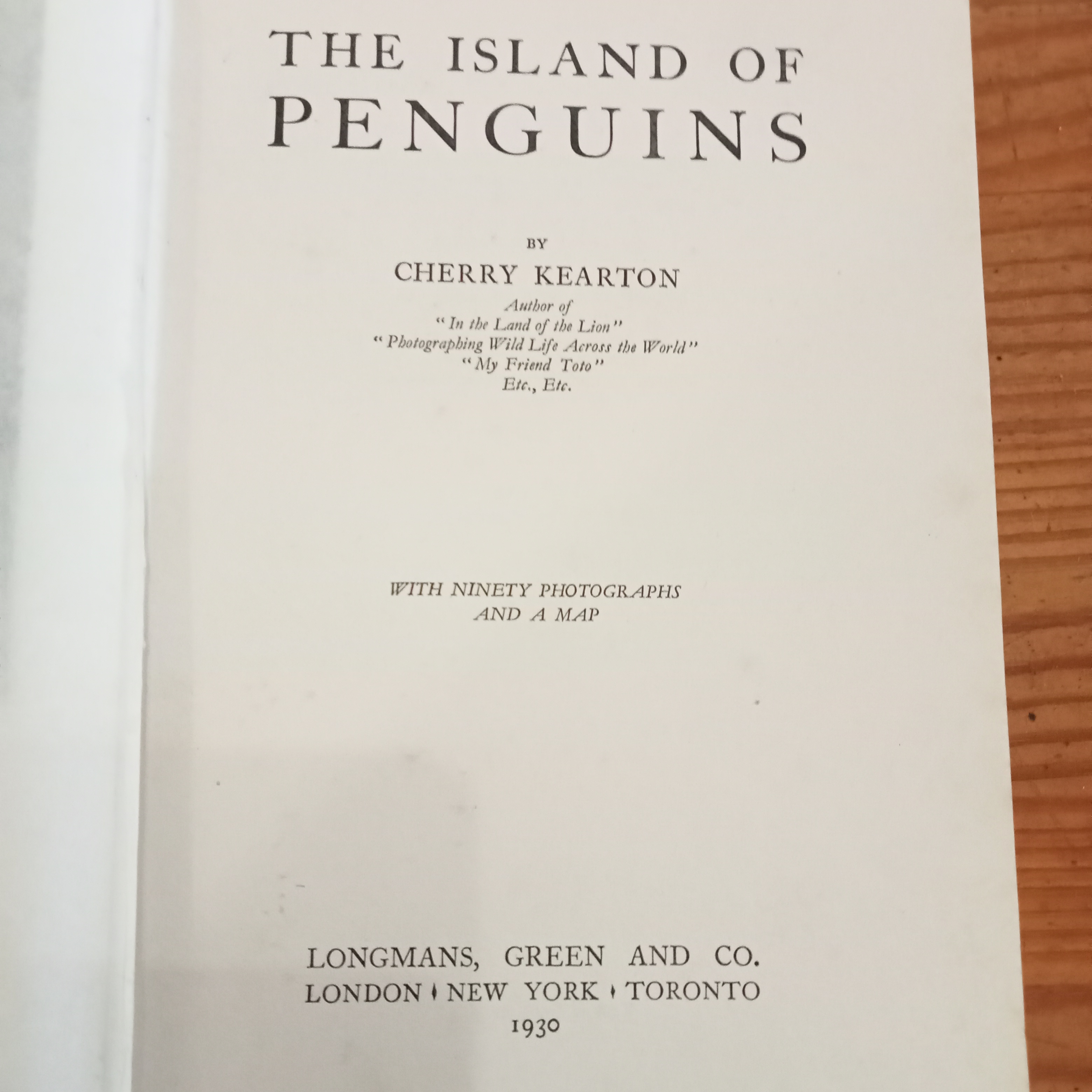
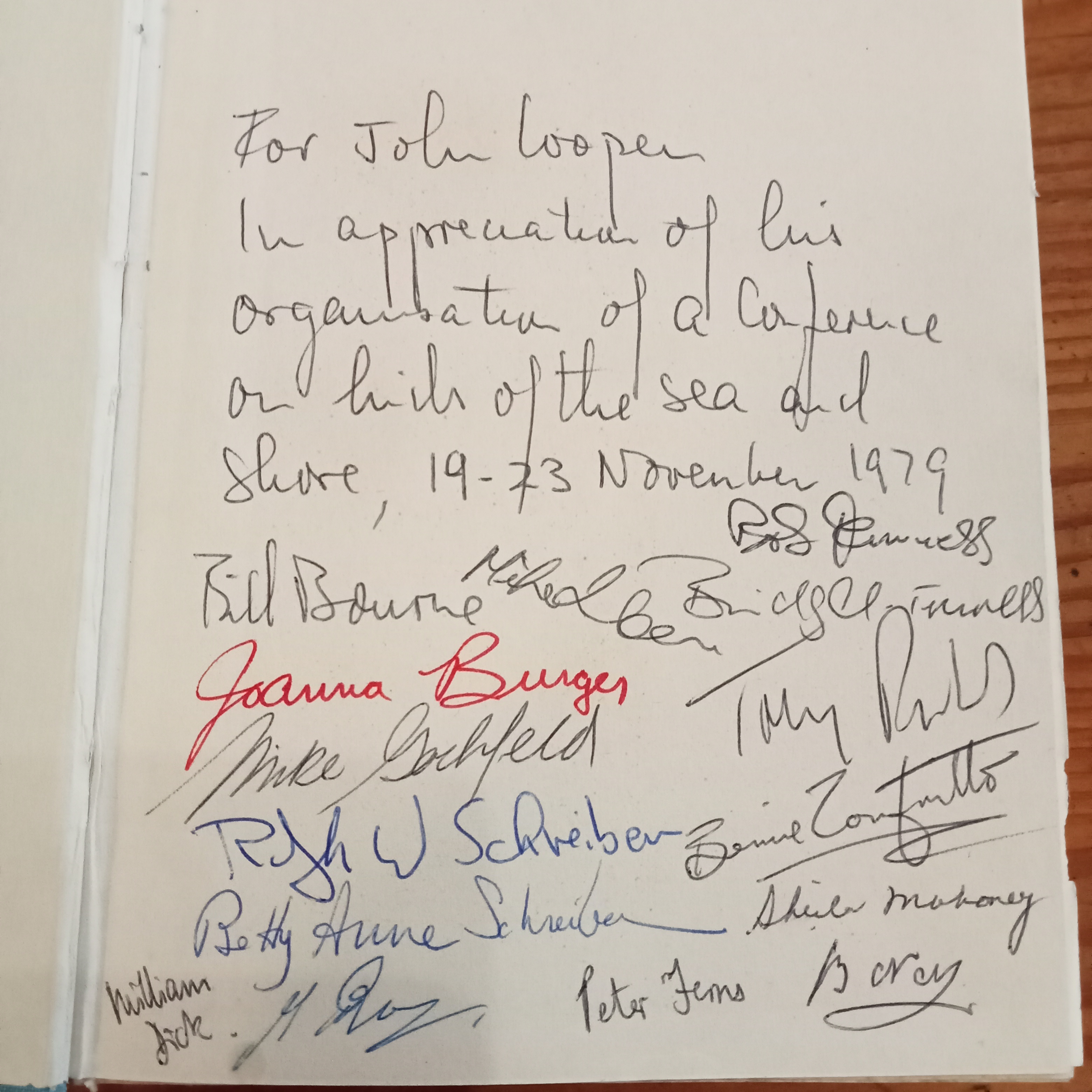
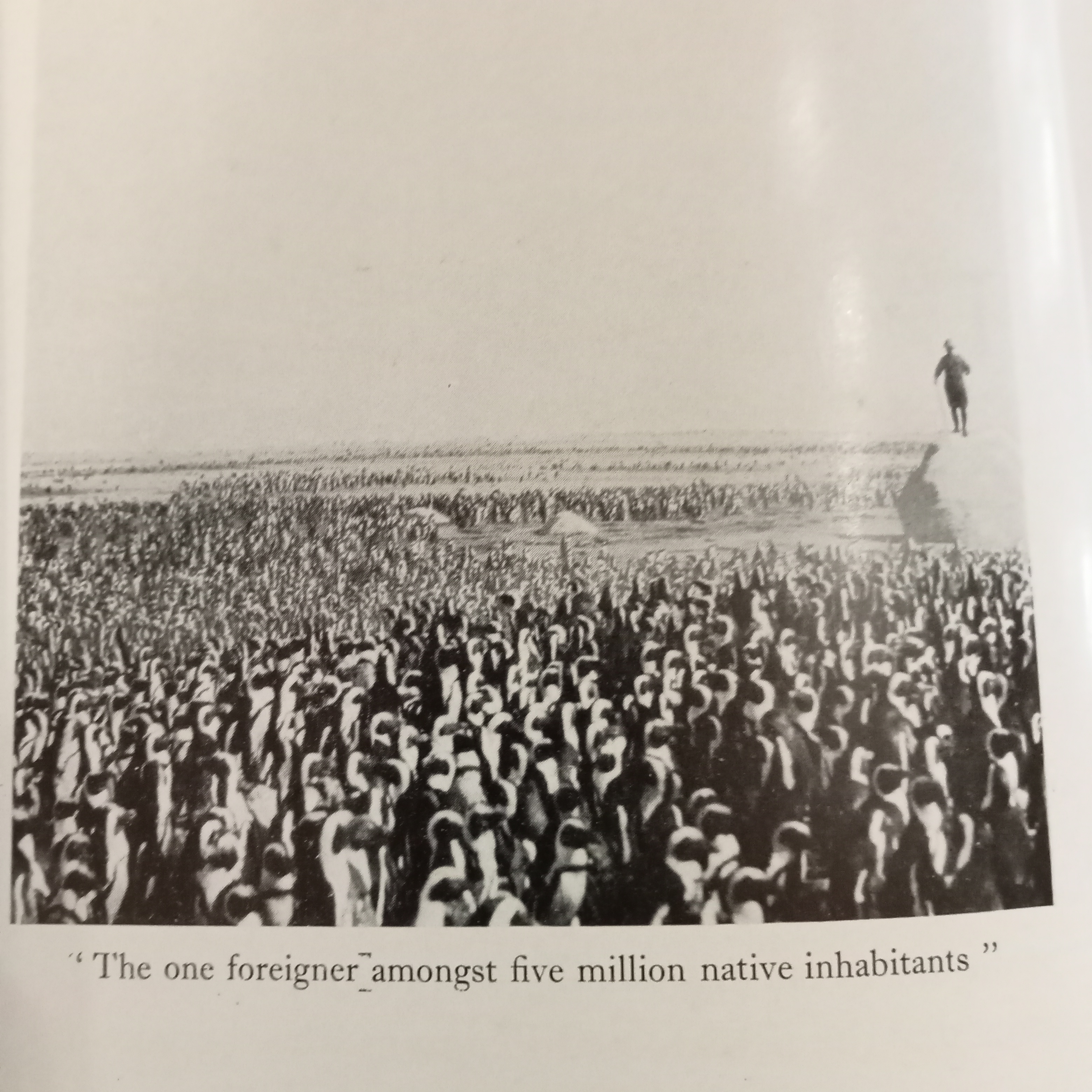
Photographs from The Island of Penguins by Cherry Kearton
I next met Bill at the ICBP Seabird Conservation Symposium and associated workshop in Cambridge, UK in August 1982. I well remember our meeting up in the quadrangle of King’s College where we were both holding the meetings and staying. He had balanced on one shoulder an ancient, disreputable-looking suitcase with broken locks kept together with roughly tied rope. It seemed to fit his style. Later during the workshop passed me a hand-written note when we were both chairing a session saying that I was “waffling”. I most likely was, but needless to say I was quite disconcerted! But at the same meeting he showed a different side of his personality when an attendee unexpectedly had a Tonic-clonic "grand mal" epileptic seizure, falling backward over his chair with an unearthly cry. Bill swiftly attended the person with his medical knowledge and ensured he was taken to hospital, where he recovered well enough to travel home, although he did not return to the symposium.
Since then, we slowly lost touch as he moved back to practice as a medical doctor. Full obituaries for Bill Bourne have appeared in several journals, as referenced below. They are well worth a read to learn of a person who enlivened marine ornithology in his unique way for many years.
References:
Bourne, W.R.P. 1977. Albatrosses occurring off South Africa. Cormorant 2: 7-10.
Bourne, W.R.P. 1978. Correspondence. Impact of human activities on seabirds, and their nomenclature. Cormorant 5: 35-36.
Bourne, W.R.P. 1979. Report of the Standing Committee of the International Ornithological Congress for the Co-ordination of Seabird Research. Cormorant 6: 41-46.
Bourne, W.R.P. 1980. Birds of the Sea and Shore. Cormorant 8: 29-30.
Bourne, W.R.P. 1981. Some factors underlying the distribution of seabirds. In: Cooper, J. (Ed.). 1981. Proceedings of the Symposium on Birds of the Sea and Shore held at the University of Cape Town, 19-21 November 1979. Cape Town: African Seabird Group. pp. 119-134.
Cooper, J. 2022. Editorial: 50 Volumes of Marine Ornithology, 1976-2022: the founding editor looks back. Marine Ornithology 50: i-ii.
Cramp. S., Bourne, W.R.P. & Saunders, D. 1974. The Seabirds of Britain and Ireland. London: Williams Collins Sons & Co. 287 pp.
Croxall, J.P., Evans, P.G.H. & Schreiber, R.W. (Ed). 1984. Status and conservation of the World's Seabirds. Based on the Proceedings of the ICBP Seabird Conservation Symposium, Cambridge, August 1982. Cambridge, International Council for Bird Preservation. 778 pp.
Dunn, E. 2022. William (Bill) Richmond Postle Bourne, MA, MB, B CH, MBOU (1930–2021). Ibis 164: 631-633.
Kearton, C. 1930. The Island of Penguins. London: Longmans Green & Co. 223 pp.
Tasker, M. 2021. W.R.P. Bourne 1930-2021. Seabird 123-125.
John Cooper, ACAP Information Officer, 27 May 2022

 English
English  Français
Français  Español
Español 
